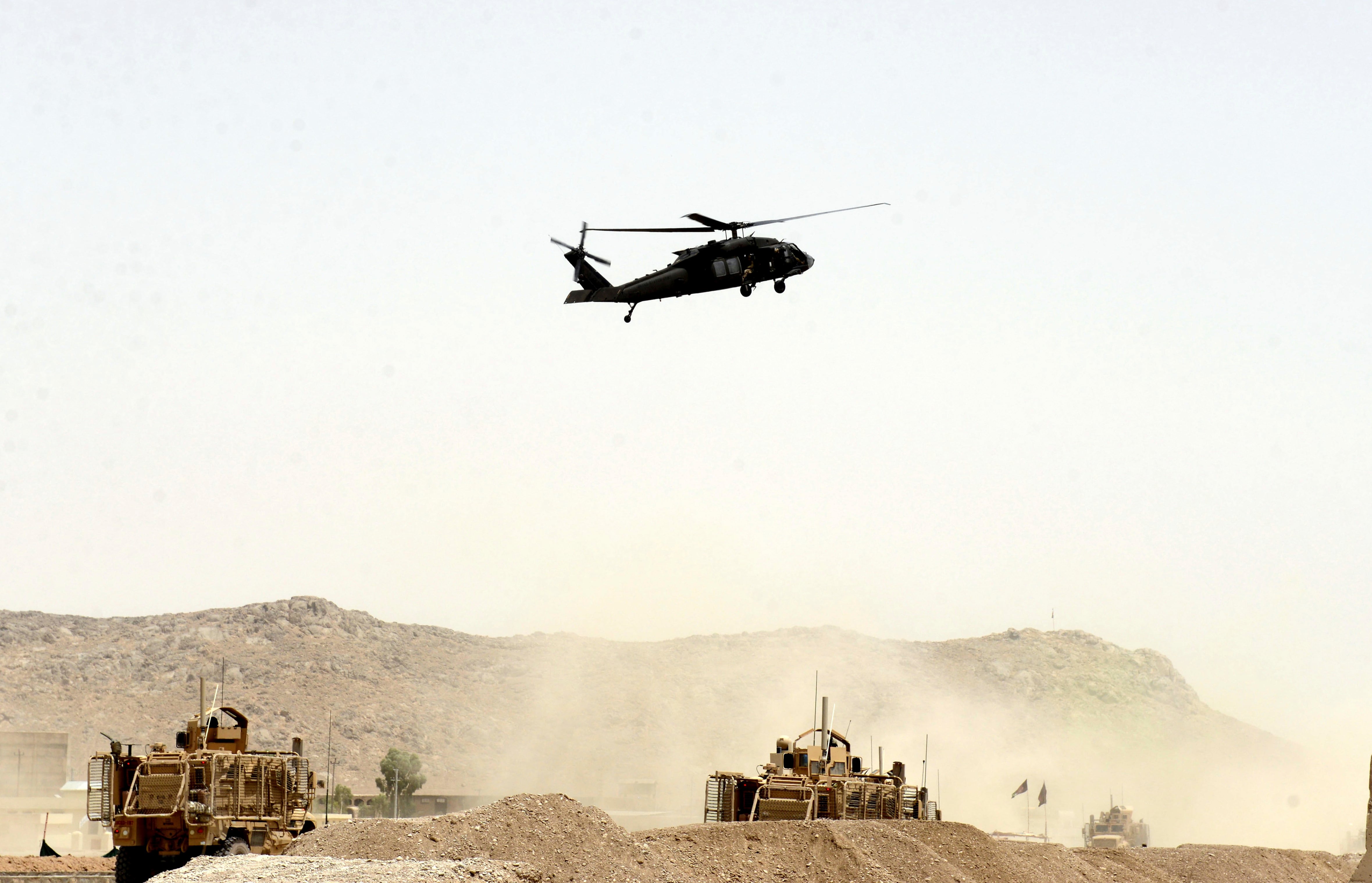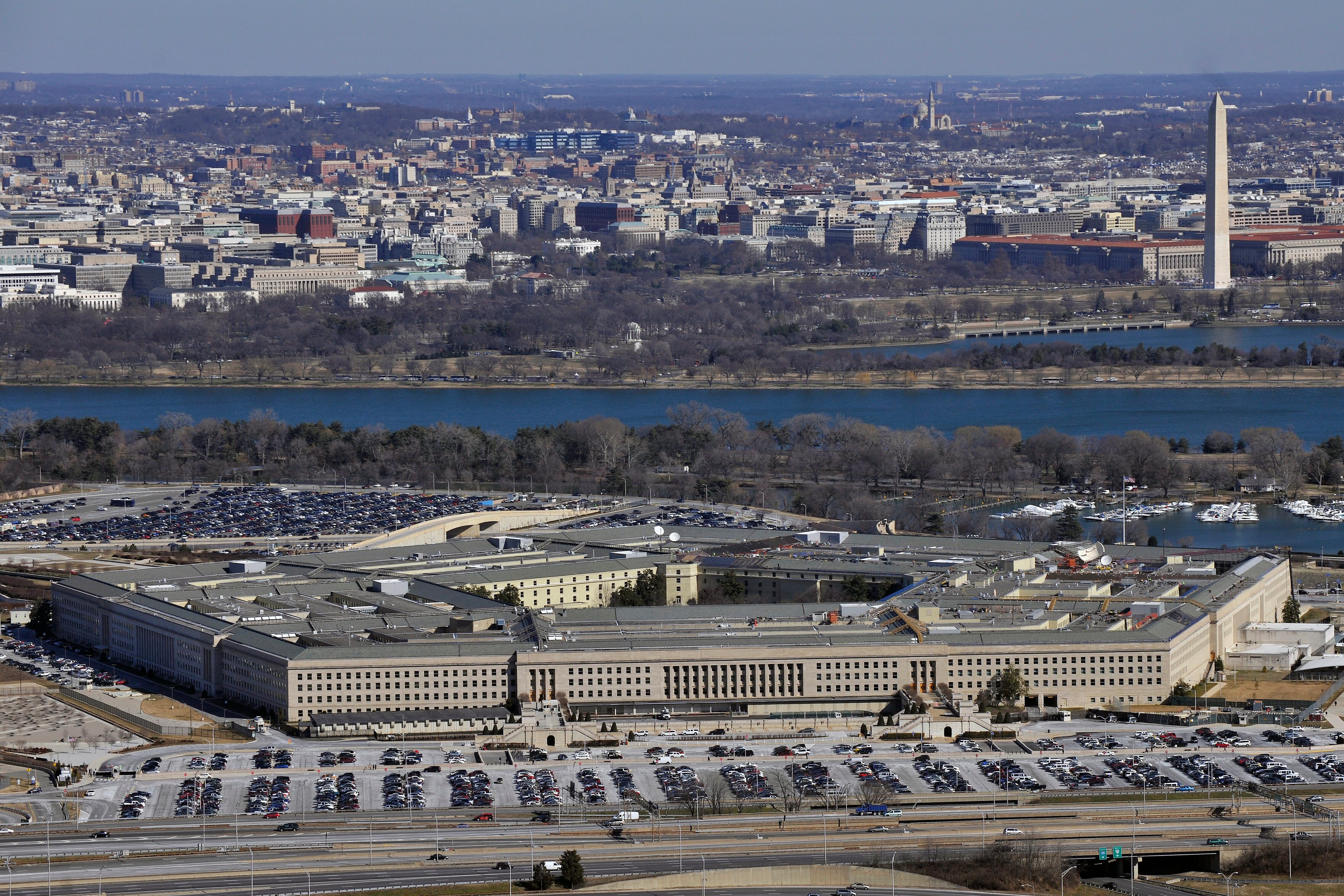WASHINGTON — The Pentagon’s announcement of two U.S. service members killed in an attack in southern Afghanistan is highlighting a disagreement over how the military should handle information about American casualties.
Navy Capt. Jeff Davis, a Pentagon spokesman, confirmed the deaths after U.S. military officials in Afghanistan acknowledged coalition “casualties” without clarifying if that meant U.S. or NATO coalition forces had died or were wounded.
Distancing himself from other U.S. military commanders in all of the other combat regions of the world — including Iraq and Syria — the top U.S. commander in Afghanistan has ordered that no information about U.S. deaths be released until days after the incident so that families can be notified first. Army Gen. John Nicholson’s decision has met opposition within the Pentagon, where senior officials for weeks have said they were working to resolve the issue.
Nicholson’s change upends Pentagon practice since the days of the Vietnam War, giving the public less information and transparency into an Afghanistan conflict that has raged for 16 years and resulted in thousands of American deaths and injuries. Previous U.S. commanders in Afghanistan have put out preliminary information about troops deaths regularly since the war’s start in 2001. Such initial information only reveals the number of U.S. forces killed and not any personal identification details until families are notified.
Nicholson made the change about two months ago in what officials said was an effort to protect families of the fallen. Officials at the time said Nicholson felt the small number of U.S. forces in Afghanistan could make it easier for people to figure out what unit might be involved in any incident. There are at least 8,400 U.S. troops in Afghanistan, with hundreds more likely there on temporary or other duty.
Other U.S. commanders haven’t followed Nicholson’s lead. They’ve continued to follow the well-worn routine practice of quickly putting out basic information in warzones across Iraq, Syria, Yemen and Africa, where there are often far fewer U.S. forces than in Afghanistan.
RELATED

Even after the Pentagon’s announcement, U.S. officials in Afghanistan said they still weren’t authorized to confirm any Americans killed or wounded.
For decades, the Pentagon and the military services quickly have released basic information on service members’ deaths. The practice held for those killed in war or in military aircraft, ship or other accidents. In June, the military promptly reported seven sailors killed after a U.S. Navy ship collided with a Philippine freighter. It followed the same practice last month when a U.S. military transport plane crashed, killing 15 Marines and a Navy sailor.
Separately Wednesday, the U.S. military’s Operation Inherent Resolve, which oversees the fight in Iraq and Syria, issued a statement saying one American service member had died in a non-combat incident in Kuwait that day.
Providing such basic information, officials long ago concluded, doesn’t violate family privacy.





